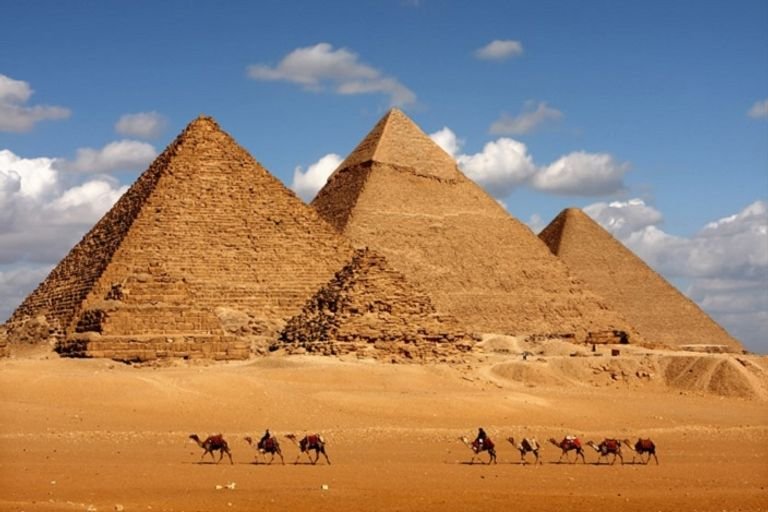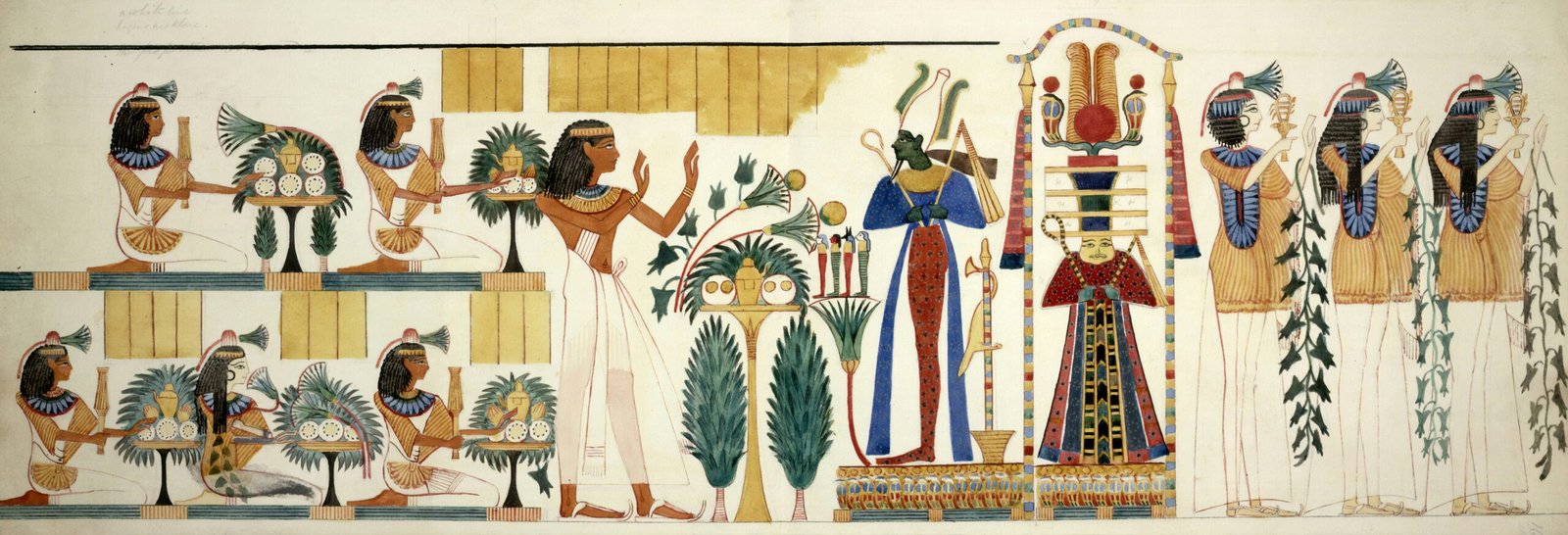The Pharaohs, the ancient rulers of Egypt, were instrumental in establishing one of the greatest civilizations in history. Their reign lasted for approximately 3,000 years, from around 3100 BCE to 30 BCE when Egypt was invaded by the Romans. The ancient Egyptian civilization is renowned for its remarkable achievements in various areas.
One of the most iconic features of ancient Egypt is the pyramids and temples. The famous pyramids, located in Giza, including the Great Pyramid constructed by Pharaoh Khufu in the 3rd century BCE, were monumental tombs built for the pharaohs. These structures were a testament to the pharaohs’ belief in their divine status both during their lives and after their deaths. The temples, on the other hand, served as places of worship, sacrifice, and religious celebrations.
The hieroglyphic language was the official language of the ancient Egyptians, written using hieroglyphs, which were intricate symbols. This form of writing provided crucial documentation about ancient Egyptian history, culture, and religion. It allowed the civilization to record and preserve its knowledge for future generations.
The ancient Egyptian civilization also excelled in art and sculpture. The statues and sculptures produced during this time are known for their intricate details and their focus on representing pharaohs, gods, and significant historical events. Additionally, wall paintings adorned temples and tombs, depicting scenes from daily life, religious rituals, and important historical events.
Centralized rule was a fundamental aspect of the ancient Egyptian government. The pharaoh held ultimate authority and served as the ruler of the civilization. The administrative structure and government apparatus of ancient Egypt were complex and well-organized, as evidenced by historical records. This centralized rule allowed for effective governance and the implementation of policies and laws.
Religion played a significant role in the lives of the pharaohs and the ancient Egyptian civilization as a whole. The pharaohs believed in gods, spirits, and an afterlife. They constructed numerous pyramids and tombs to house their bodies and ensure their continued existence in the afterworld. Religion permeated every aspect of ancient Egyptian society, influencing their art, architecture, and daily lives.
The legacy of the Pharaohs and their civilization is immense. Their cultural impact can be seen in architecture, art, religion, and language. The massive pyramids and temples continue to awe and inspire people from around the world. The hieroglyphic language remains a subject of fascination and study, providing valuable insights into ancient Egyptian history and culture.
It is important to note that the ancient Egyptian civilization was influenced by neighboring civilizations and incorporated elements from them in its development. It experienced periods of stability and prosperity, as well as periods of conflicts and upheavals. The government of ancient Egypt was meticulously organized, with a group of ministers and officials carrying out the pharaoh’s orders.
Ancient Egypt was also advanced in the fields of engineering, architecture, and medicine. The construction techniques used in building the pyramids were massive and precise, showcasing the engineering prowess of the civilization. Ancient Egyptians possessed knowledge in medicine and healing, utilizing medicinal herbs, surgical procedures, and remedies.
While modern Egypt has evolved and changed throughout the ages, the legacy of the Pharaohs and their cultural heritage still has a significant impact on global culture and history. The ancient Egyptian civilization remains a subject of fascination and study, deserving further exploration and understanding.
In conclusion, the Pharaohs were the ancient rulers of Egypt who established one of the greatest civilizations in history. Their rule spanned for thousands of years, and their cultural achievements in areas such as architecture, art, language, and religion continue to captivate and inspire people today. The ancient Egyptian civilization left an indelible mark on the world and deserves recognition for its enduring legacy.

